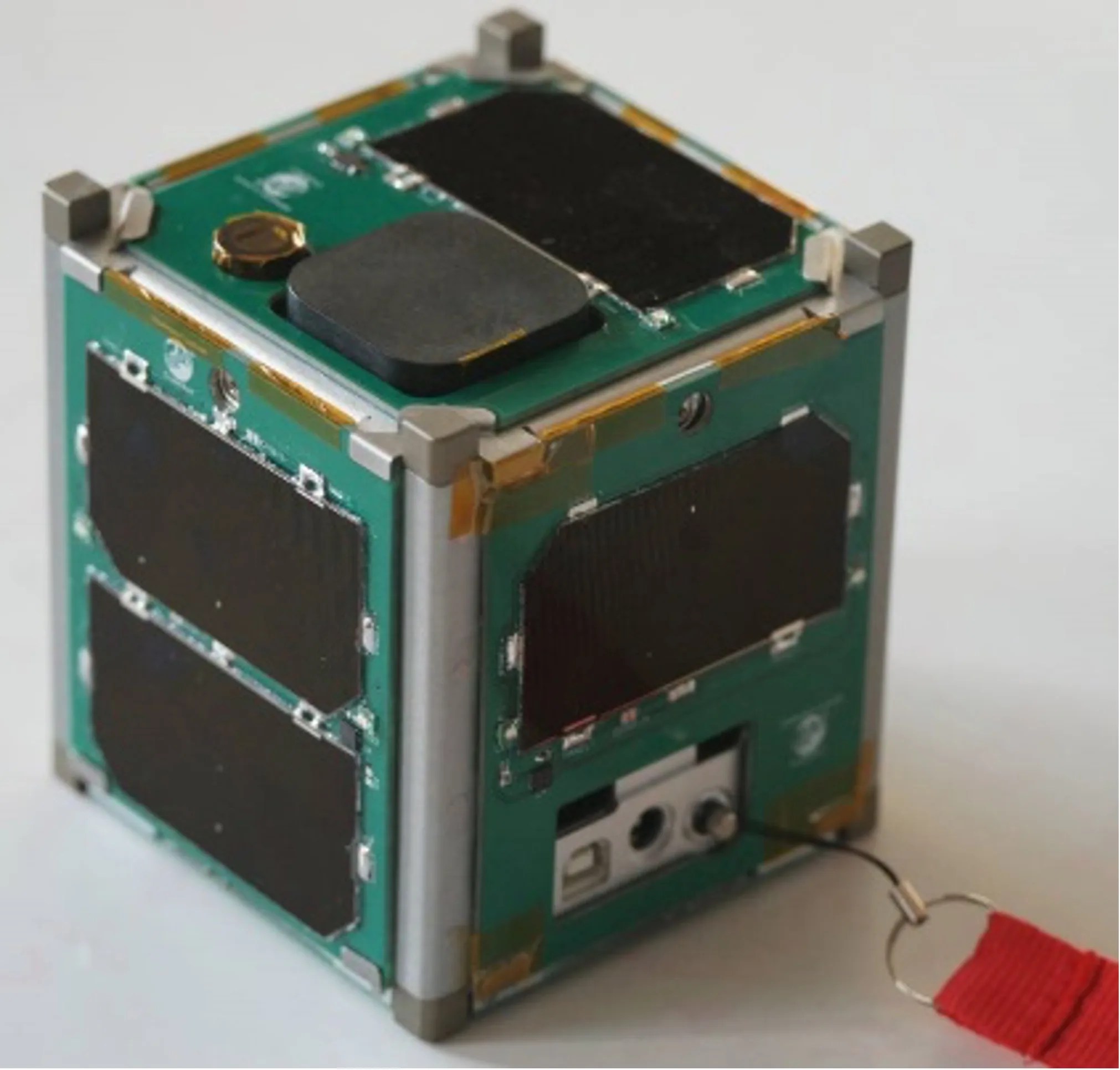SmallSats and CubeSats
These miniaturized spacecrafts are used to deliver small payloads into space. LTB (Lunar Trailblazer) is an example of a SmallSat that addresses major scientific questions about the Moon and water cycles on airless bodies and enables future exploration by evaluating locations of the operationally useful deposits of water and providing compositional base maps of landing zones. The instruments on LTB include 1) High-resolution Volatiles and Minerals Moon Mapper (HVM3): a JPL-built imaging spectrometer (0.6-3.6 µm), and 2) Lunar Thermal Mapper (LTM): a University of Oxford-built multispectral thermal camera (7-100 µm) to determine the form, abundance, and distribution of water on the Moon.





























